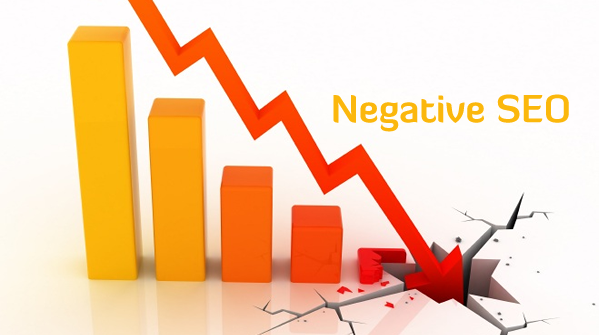Last Updated on March 5, 2024
Competition on the Internet is tough and unscrupulous characters will often do anything it takes to get to the top, even if that means pushing others down on their way there. In a world where an improvement in search rankings can mean thousands of dollars in extra revenue, it is little wonder that search engine optimization is being used not just to help one website but to discredit others.
This is the phenomenon of negative SEO, and many website and blog owners are seriously worried that a negative SEO attack could potentially hurt their website. But just how common are negative SEO attacks, and is there anything that you can do to protect yourself? Here are some of the most frequently asked questions in relation to negative SEO, hopefully helping you protect your website or mend existing damage.
So what is negative SEO?

Any website owners worth their salt will know that SEO, or search engine optimization, is an essential part of any website’s marketing strategy in the age of Google. SEO aims to help a website rank higher for certain key search terms in order to gain more traffic from search, usually enhancing their on-page optimization and also creating a healthy backlink profile for the website.
Negative SEO however is a practice wherein a competitors uses black-hat, discredited SEO techniques against your website, with the aim of incurring a Google penalty on your website so as to drive your rankings down. This usually involves creating and pointing hundreds of obviously spammy links at a website, so that Google will penalize said website for engaging in bad SEO techniques.
Just how common is negative SEO?

Negative SEO is becoming well-known enough for some website owners and bloggers to feel they need to actively guard against it, but there is little-to-no data on how common negative SEO attacks are or how they are most commonly perpetrated. While anecdotal evidence does prove that negative SEO attacks exist, it is hard to gauge whether they are statistically worth spending time protecting yourself from.
With little to go on, it makes sense to keep an eye out for negative SEO without being swept up in the tidal wave of panic and paranoia that negative SEO is currently causing in the blogosphere. Matt Cutts went to the effort of making a video saying that negative SEO exists, but that it is not particular common. However, looking at that from another perspective, head Google search honcho did think it was important enough to comment on and did think it was important enough to create a Google tool to disavow spam links. Take from that what you will.
What can I do to protect myself from negative SEO?
If your website exists in a particularly tough niche or neighborhood as it were, or you know you have particular bad or nasty relationships with certain blog or website owners, then it might be worth inputting a little active defense against negative SEO into your website maintenance routine. For the purposes of regular SEO, you should be keeping a trained eye on your backlink profile to see who is linking to your website.
This vigilance can also pull double-duty, as you can keep an eye out for bad links just as you keep an eye out for good ones. If you see a sudden surge in the amount of backlinks pointing at your website and you don’t recognize or trust the source, then you might just be the target of a negative SEO attack. It is important to remember however that negative SEO attacks are uncommon, and there could be much better uses of your valuable time. Check your backlink profile every now and then, but don’t sweat it too much unless you know you are in an ‘at-risk’ category.
As with most things in life, having a good offense is always the best defense. If you already have a naturally healthy backlink profile and good domain authority, then it will take a pretty large-scale and vicious attack to make a dent in your ranking as you should be able to carry at least some spammy links in your larger link profile. However, if your website is not well optimized in the first place or already has a lot of spammy backlinks, then you could be a sitting target. Make use of a decent inbound marketing agency or wise up yourself to the latest SEO techniques. Pay attention to search: it makes sense not just from a security point of view but also from a marketing point of view.
What can I do to remedy a negative SEO attack?
Google itself provides several tools that one can use to remedy a negative SEO attack, including its handy ‘disavow links’ tool. Once you know that a negative SEO attack is happening, you can simply start disavowing those spammy links one by one. It will be an annoyingly long process, but it is relatively simple to do.
Some negative SEO techniques like duplicating content are harder to automatically fix, but email is your friend. Reaching out to websites that are hurting your website is worth your time, and could help repair your reputation.

